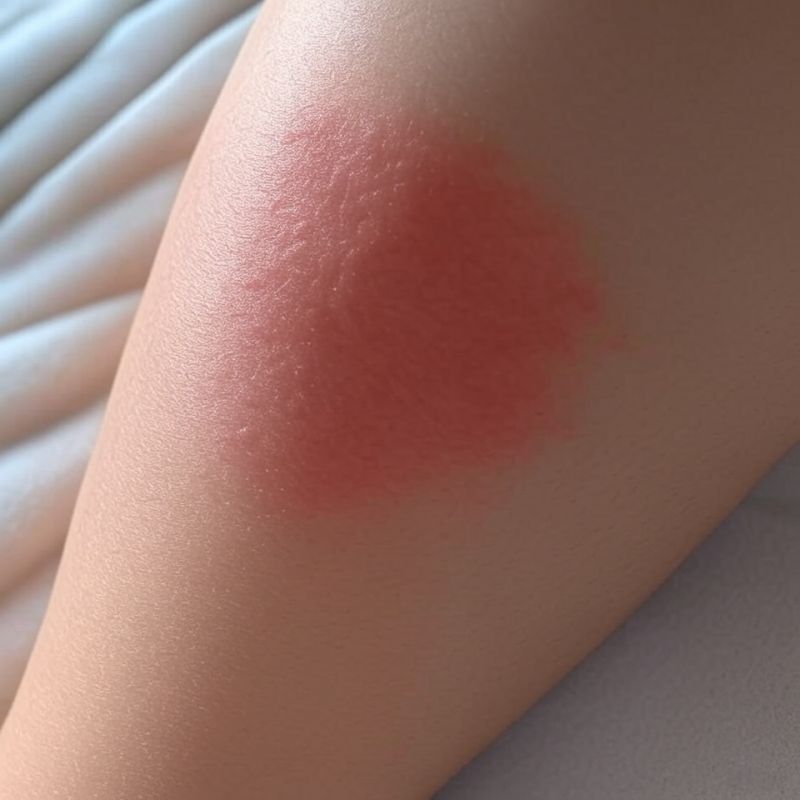1. Identifying the Bite
A tick bite often goes unnoticed because ticks release an anesthetic in their saliva, making the bite painless. The site may appear as a small red spot, slightly swollen or itchy. This initial reaction is normal and doesn’t necessarily indicate infection. If you find a tick on your skin, remove it carefully with tweezers by grasping it close to the skin and pulling straight out without twisting. Disinfect the area afterward and monitor it for changes over the next few weeks.
2. The Hallmark Sign: Erythema Migrans
The most telltale symptom of Lyme disease, caused by infected ticks, is erythema migrans, or the "bull’s-eye" rash. It appears in 60-80% of cases, typically 3-30 days after the bite. This rash starts as a red spot that expands into a circular or oval shape, often with a clearer center, resembling a target. It can grow from a few centimeters to over 30 cm in diameter and is usually not painful or itchy. If you notice this rash, seek medical attention immediately—it’s a strong indicator of Lyme disease.
3. Systemic Symptoms of Infection
Beyond skin changes, an infected tick bite may cause flu-like symptoms within days to weeks. These can include:
- Fever or chills
- Fatigue and weakness
- Muscle and joint aches
- Headaches
- Swollen lymph nodes
For tick-borne encephalitis, symptoms can escalate to more severe issues like high fever, intense headaches, nausea, and neurological problems such as confusion, tremors, or even seizures. These require urgent medical care.
4. When to Seek Help
The risk of infection increases if the tick was attached for more than 24-36 hours. If you’re unsure about the tick’s status or notice any concerning symptoms, consult a doctor. They may recommend blood tests for Lyme disease (though these are most accurate weeks after the bite) or, in rare cases, test the tick itself for pathogens. Early treatment with antibiotics can prevent complications from diseases like Lyme.
5. Prevention Tips
Prevention is your best defense. When in tick-prone areas like forests or tall grass, wear long sleeves, use repellents, and check your skin thoroughly afterward. Ticks often target warm, moist areas like the groin, armpits, or behind the ears.







